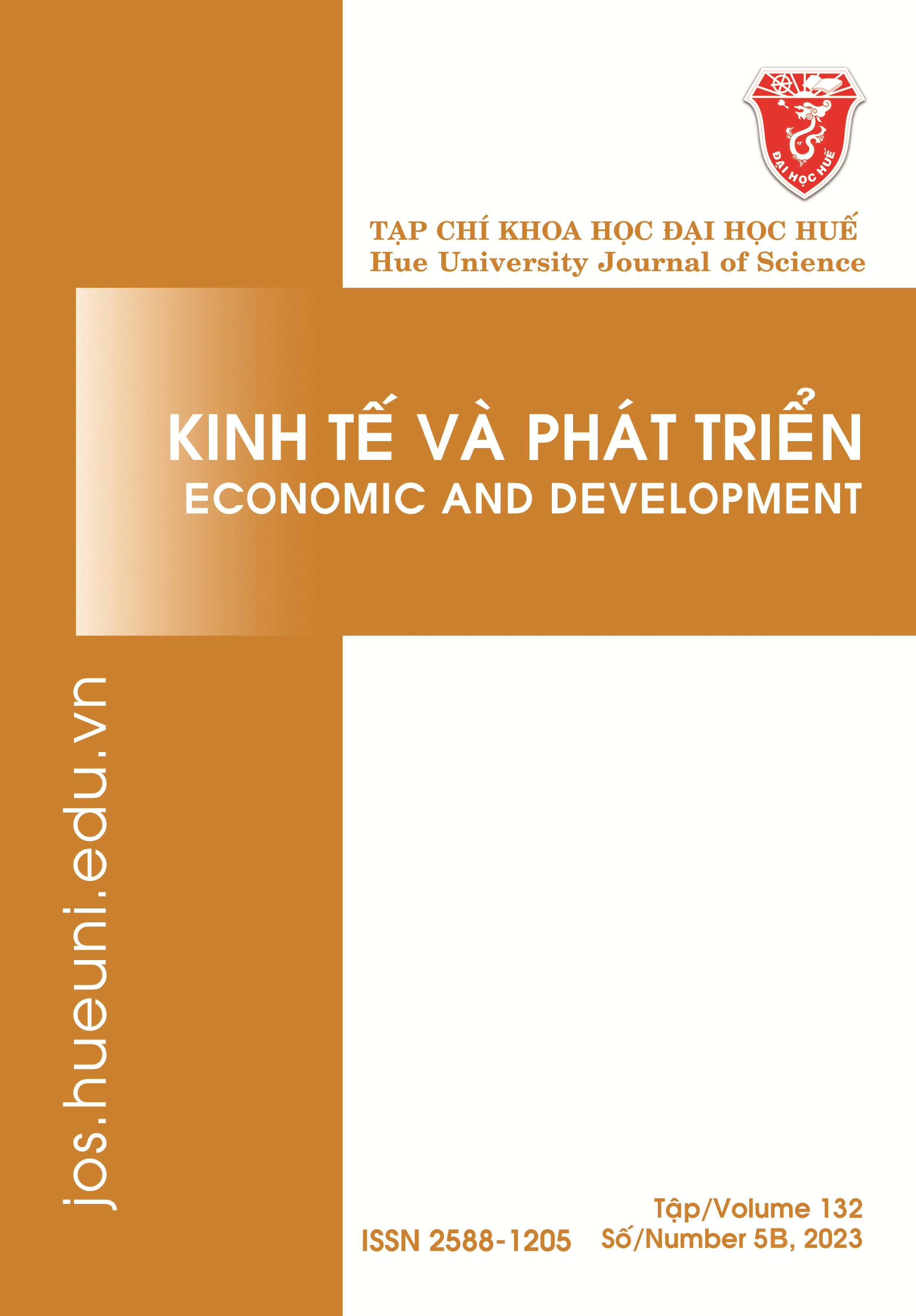Abstract
Pangasius farming has developed rapidly and significantly contributed to the Vietnamese economy. However, a decline in the profit margin of the growing-out farms due to an increase in production costs has been frequently reported. In order to give better guidance to farmers in using input efficiently and avoiding waste in production costs, this study measures cost efficiency and estimates the optimal inputs of pangasius farming in the Mekong Delta, Vietnam using meta-frontier data envelopment analysis. The results show that pangasius farms were wasting inputs. There is scope to improve the cost efficiency of pangasius farms. Technical inefficiency is found to be an important cause of cost inefficiency. Moreover, the differences in the efficiency and the optimal level of inputs are substantially large between farms and groups. Pangasius farms getting technical advice are statistically more efficient than those not. However, farms signing contracts with buyers are less statistically efficient than those not. Farms impacted by climate change are also less efficient than those not but the differences between groups are not statistically significant. These results can be useful for the farmers, local authorities as well as extension services to improve the cost efficiency of the sector. The optimal level for each input should be targeted in providing technical advice. Information on rights and obligations in trading contracts should be inserted in extension services and training courses for farmers.
References
- Thong, N. T., Ankamah-Yeboah, I., Bronnmann, J., Nielsen, M., Roth, E. and Schulze-Ehlers, B. (2020), Price transmission in the pangasius value chain from Vietnam to Germany, Aquac. Reports, 16, 100266, doi: 10.1016/j.aqrep.2019.100266.
- VASEP (2020), Hiệp hội Chế biến và Xuất khẩu thủy sản Việt Nam, Cần liên kết trong nghề nuôi cá tra (It is necessary to have links in pangasius farming), https://vasep.com.vn/san-pham-xuat-khau/ca-tra/nguyen-lieu/can-lien-ket-trong-nghe-nuoi-ca-tra-10402.html.
- Hasan, M. R. and Shipton, T. A. (2021), Aquafeed value chain analysis of striped catfish in Vietnam, Aquaculture, 541.
- H. H. Tho, N. Le, H. Tuyet, and Tojo, N. (2021), The effect of farm size on economic efficiency : a case study of Vietnamese pangasius farms, Fish. Sci., 87(6), 915–926, doi: 10.1007/s12562-021-01549-y.
- Rosen, L. (2020), Impacts of COVID-19 on in Bangladesh , Egypt , India , February-April 2020, World Fish, no. April.
- P. T. Anh Ngoc et al. (2018), Technical inefficiency of Vietnamese pangasius farming: A data envelopment analysis, Aquac. Econ. Manag., 22(2), 229–243, doi: 10.1080/13657305.2017.1399296.
- Nguyen, L. A., Leemans, R., and De Silva, S. (2017), Impact of climate change on the technical efficiency of striped catfish, Pangasianodon hypophthalmus, farming in the Mekong Delta, Vietnam, J. WORLD Aquac. Soc., doi: 10.1111/jwas.12488.
- T. N. H. Au, P. T. T. Linh, and T. H. Hieu (2022), The climate change and technical efficiency of pangasius farming in the Mekong Delta, Vietnam.
- Anh, P. T., Kroeze, C., Bush, S. R. and Mol, A. P. J. (2010), Water pollution by Pangasius production in the Mekong Delta, Vietnam : Causes and options for control, Aquac. Res., 42, 108–128, doi: 10.1111/j.1365-2109.2010.02578.x.
- Bosma, R., Anh, P. T. and Potting, J. (2011), Life cycle assessment of intensive striped catfish farming in the Mekong Delta for screening hotspots as input to environmental policy and research agenda, Int. J. Life Cycle Assess, 16, 903–915, 2011, doi: 10.1007/s11367-011-0324-4.
- T. T. Nhu, T. Schaubroeck, P. J. G. Henriksson, R. Bosma, P. Sorgeloos, and J. Dewulf (2016), Environmental impact of non-certified versus certified (ASC) intensive Pangasius aquaculture in Vietnam , a comparison ..., Environ. Pollut., 219, no. December, 156–165, doi: 10.1016/j.envpol.2016.10.006.
- Farrell, M. J. (1957), The measurement of productive efficiency, Journal of the Royal Statistical Society. Series A (General), 120(3), 253–290, doi: 10.1016/S0377-2217(01)00022-4.
- A. Ton Nu Hai, Van Meensel, J., and Speelman, S. (2020), The factors influencing environmental performance of marine aquaculture : A combined material balance-based and meta-frontier approach, J. Clean. Prod., 269, 122342, doi: 10.1016/j.jclepro.2020.122342.
- O’Donnell, C. J., Rao, D. S. P. and Battese, G. E. (2008), Metafrontier frameworks for the study of firm-level efficiencies and technology ratios, Empir. Econ., 34(2), 231–255, doi: 10.1007/s00181-007-0119-4.
- Simar, L., and Wilson, P. W. (1998), Sensitivity analysis of efficiency scores: How to bootstrap in nonparametric frontier models, Manage. Sci., 44(1), 49–61, 1998, doi: 10.1287/mnsc.44.1.49.
- VASEP (2022), Vietnam Association of Seafood Exporters and Producers, Tổng quan ngành cá tra (Overview of pangasius industry). https://vasep.com.vn/san-pham-xuat-khau/ca-tra/tong-quan-nganh-ca-tra.
- Bao Binh (2020), Vietnamese seafood magazine, Kỹ thuật vận chuyển cá giống (Fingerlings transporting techniques).
- Nguyen, A. L., Dang, V. H., Bosma, R. H., Verreth, J. A. J., Leemans, R., and De Silva, S. S. (2014), Simulated impacts of climate change on current farming locations of striped catfish (Pangasianodon hypophthalmus; Sauvage) in the Mekong Delta, Vietnam, doi: 10.1007/s13280-014-0519-6.

This work is licensed under a Creative Commons Attribution-ShareAlike 4.0 International License.
Copyright (c) 2023 Array
